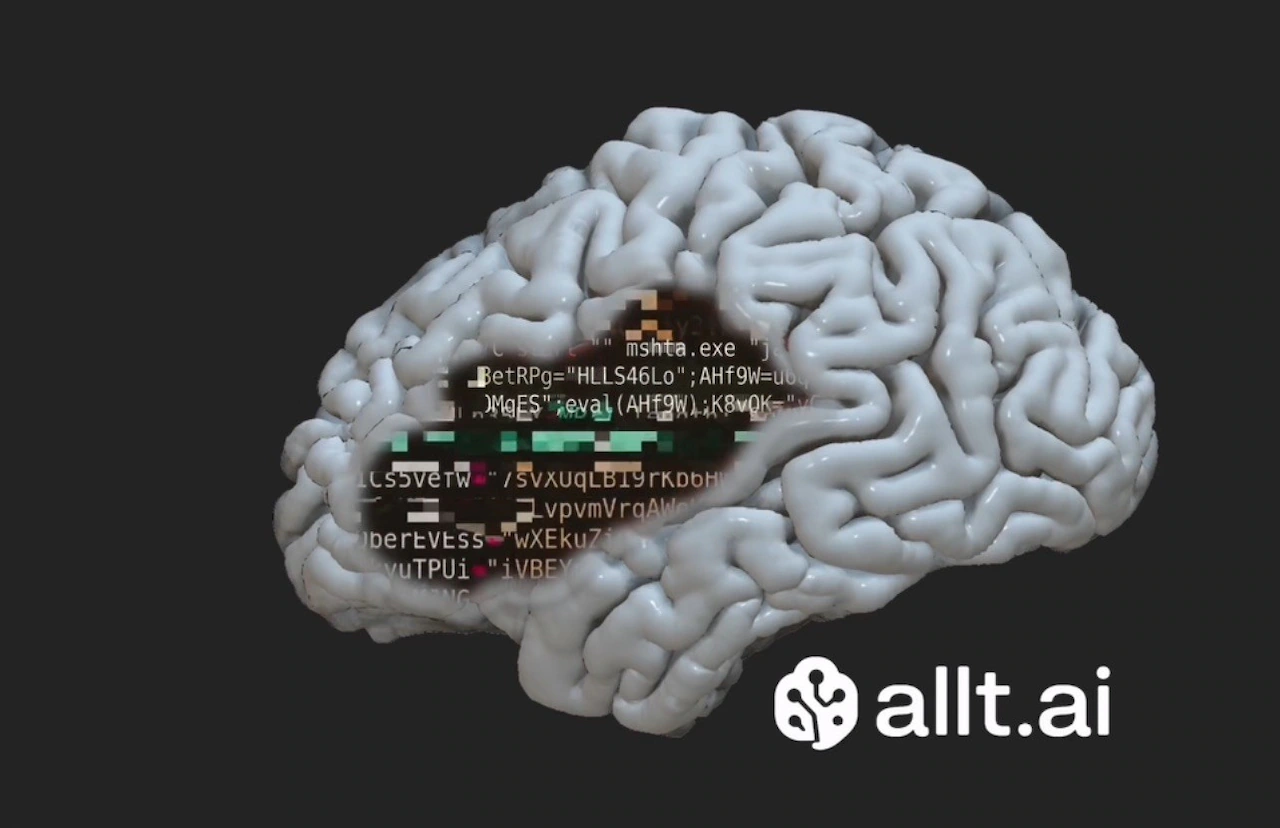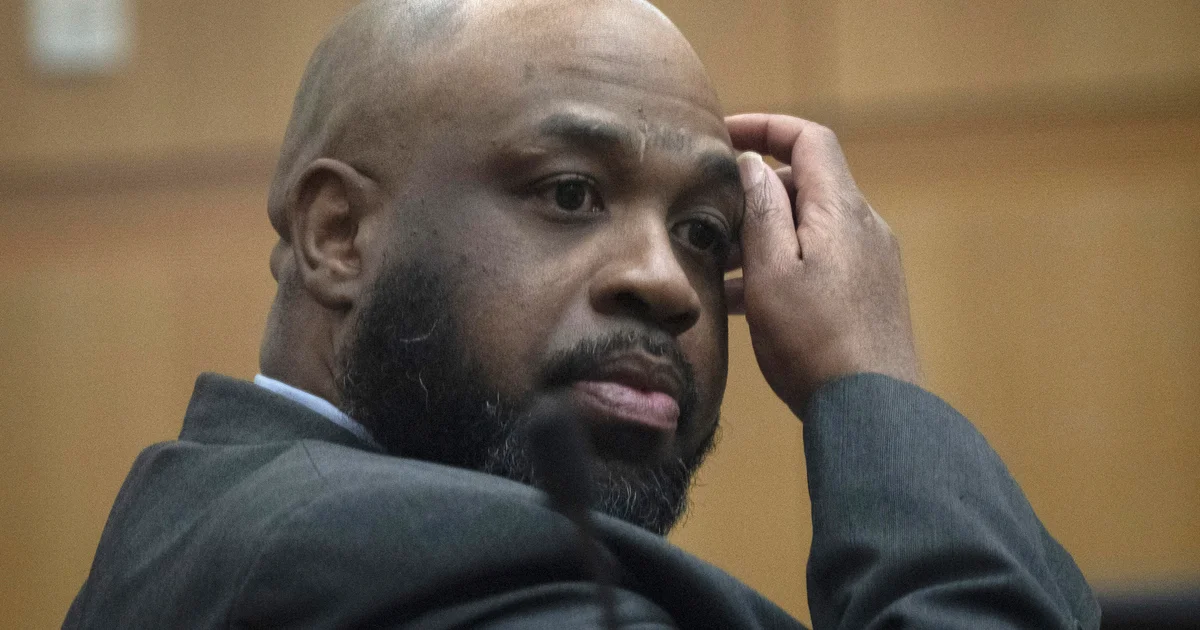The man behind Progressive’s Flo, Aflac Duck takes on a new pitch: slashing AI’s power needs with stroke research

A new joint venture led by Progressive’s former pitchman turned AI entrepreneur Jeff Charney and brain researcher Julius Fridriksson is testing whether studying damaged human brains can create smaller, more energy-efficient artificial intelligence.
The venture, called Allt.ai, aims to address one of the biggest problems facing the rapid expansion of AI: its massive environmental and energy footprint. These are takeaways from the original article that published on Sept. 29.
An unlikely partnership aims to solve AI’s energy problem
Charney, known for marketing campaigns like Progressive’s Flo, partnered Fridriksson to develope a technology called the Brain-LLM Unified Model (BLUM). The primary goal is to address the immense energy consumption of AI data centers, which can use as much electricity as a small city. By making AI models more efficient, they hope to make the technology more sustainable as it becomes more widespread.
The method involves creating ‘brain damage’ in AI Models
The core idea is to apply lessons from research on stroke patients to artificial intelligence. Fridriksson’s work studies how the brains of aphasia patients recover from lesions, or areas of damaged tissue, revealing how the brain prioritizes essential functions. The company’s technology will apply a similar principle by creating artificial “lesions” in large language models (LLMs). This process is designed to identify and remove redundant or non-essential parts of the AI, effectively “pruning” the model to make it smaller and more efficient without sacrificing its core intelligence.
The human brain is the ultimate model of efficiency
The project is fundamentally inspired by the stark contrast in energy efficiency between the human brain and current AI models. While an LLM may have over a trillion parameters and require a data center’s massive power supply, the human brain performs complex tasks using what amounts to an AA battery’s worth of electricity every few days. Fridriksson explains this is because the brain is highly selective, activating only necessary regions for a given task. In contrast, current AI models operate by turning on all their components at once, leading to tremendous energy waste.
The idea originated from research on “Digital” Brains
The breakthrough concept emerged from Fridriksson’s previous work using AI to help stroke victims. He and his team were creating “digital twins” of patient brains to simulate trauma and predict recovery outcomes. During these simulations, Fridriksson noticed that inflicting damage on the AI models often made no difference to their overall performance. This led to his realization that the models “don’t have to be this big” and likely contain significant redundant components, sparking the idea that they could be intentionally streamlined.
The goal as a mutually beneficial partnership with a major AI company
The BLUM technology is still in its early, proprietary stages and its full potential for energy savings is not proven. Charney and Fridriksson are not planning to build their own AI but are seeking to partner with a large AI company like Alphabet or ChatGPT. Their goal is to use their technology to help that company make its existing models more efficient. In return, they hope the partnership will provide access to advanced AI that can help further their primary research into treating human brain conditions like aphasia.



